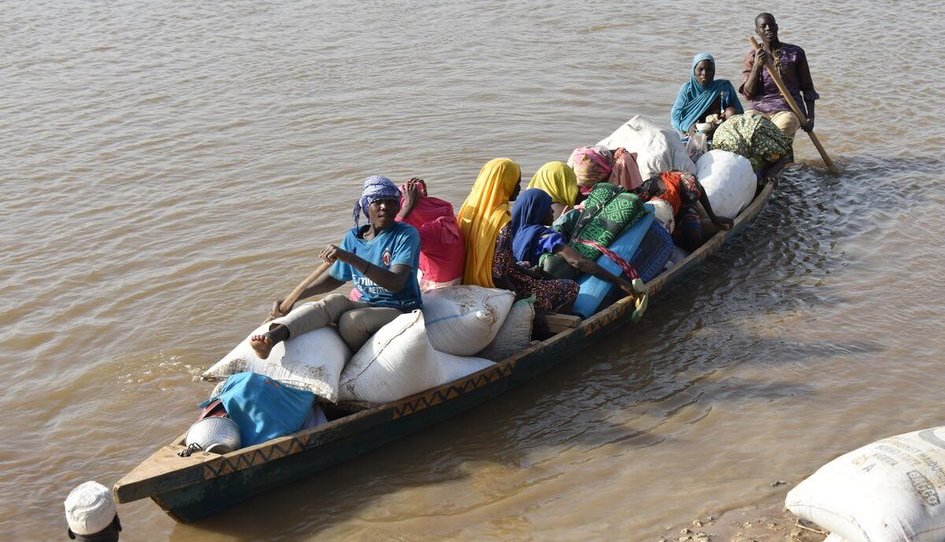
The UN Refugee Agency reports that “intercommunal clashes” in Cameroon’s Far North region have displaced thousands inside the country and forced more than 30,000 people to flee to neighboring Chad. Since the violence erupted on Dec. 5, at least 22 people have been killed and 30 others seriously injured. The fighting began in the border village of Ouloumsa following a dispute between herders, fishermen and farmers over dwindling water resources. Violence then spread to neighboring villages. Ten villages in total have been burned to the ground. On Dec. 8, the violence reached Kousseri, Cameroon’s northern commercial hub, where the cattle market was destroyed. At least 10,000 people have fled Kousseri to Chad’s capital N’djamena, across the Chari and Logone Rivers, which mark the border.
Some 80% of the new arrivals are women—including many who are pregnant—and children. They have found refuge in N’Djamena and villages along Chad’s bank of the Logone River. Chad’s authorities, together with UNHCR and humanitarian partners, are rushing to support the refugees with emergency shelter and assistance. Injured people have been admitted to two hospitals in N’Djamena.
Security forces have been dispatched to Far North Cameroon, but the situation remains volatile. UNHCR has been forced to suspend its operations in the affected areas.
The climate crisis is exacerbating tensions in Far North Cameroon. The surface of Lake Chad—of which the Logone River is a main tributary—has decreased by as much as 95% in recent decades. Fishermen and farmers have dug vast trenches to retain the remaining river water so they can fish and cultivate crops. But the muddy trenches are trapping and sometimes killing cattle belonging to the herders, sparking tension and fighting.
UNHCR is calling for an immediate end to the violence and for the support of the international community to assist the victims and refugees. Chad is home to close to a million refugees and internally displaced people (IDPs) and Cameroon to more than 1.5 million refugees and IDPs. Financial resources to respond to the situation in both countries remain critically low. (UNHCR, Dec. 10)
See our last report on climate change and instability in the Sahel and MENA.
Photo: Aristophane Ngargoune/UNHCR




